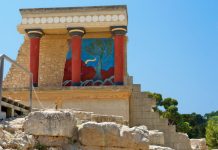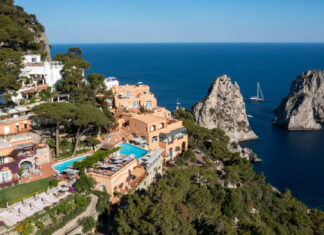Michelangelo’s Youthful Mastery
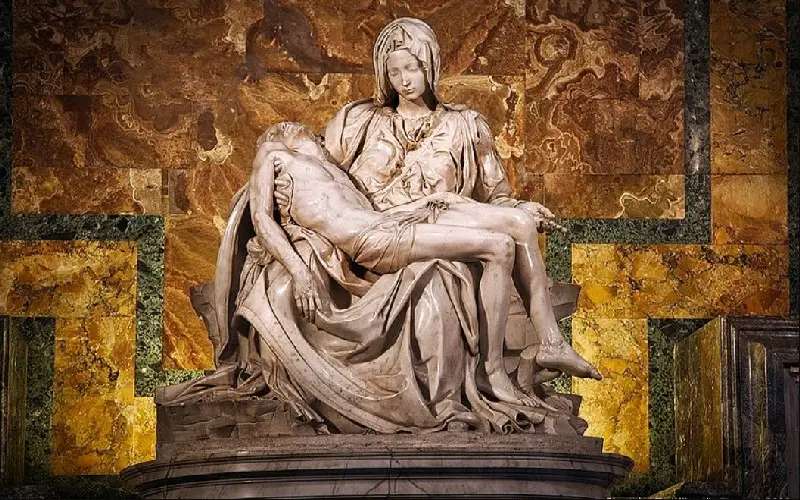
Michelangelo was merely 24 years old when he sculpted the Pieta. The year was 1498-1499 when the young artist was still establishing his reputation. Despite his relative youth, Michelangelo’s virtuosity is evident in the fluidity of Mary’s robes, the lifelike features of Christ, and the overall sense of harmony in the composition.
Unparalleled Skill and Precision

The Pieta is a testament to Michelangelo’s unparalleled skill and precision as a sculptor. The marble used for the sculpture was carefully selected, and Michelangelo meticulously chiseled away excess stone to unveil the delicate features of Mary and the powerful physique of the crucified Christ. The details, such as the intricate folds of Mary’s clothing and the veins on Christ’s hands, showcase the artist’s meticulous craftsmanship.
Emotional Expressiveness
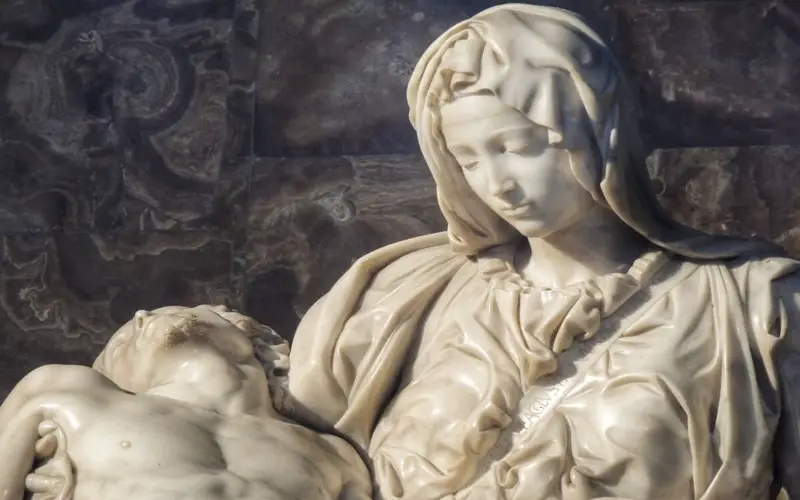
One of the most remarkable aspects of Michelangelo’s Pieta is its emotional expressiveness. Mary’s face radiates profound sorrow and acceptance, creating an emotional connection with the viewer. Michelangelo masterfully captured the grieving mother’s tenderness and the lifeless repose of her son, evoking a poignant emotional response from those who gaze upon the sculpture.
Unique Depiction of Christ
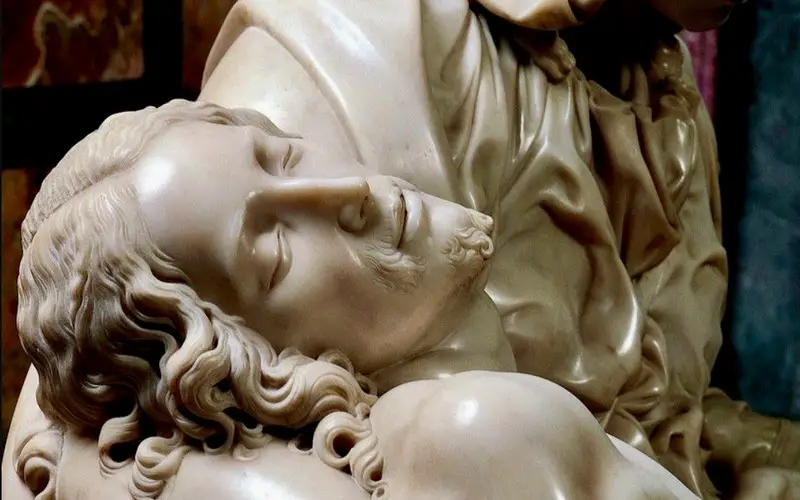
Michelangelo’s portrayal of Christ in the Pieta is distinctive. Unlike traditional depictions of the crucifixion, where Christ is typically shown as emaciated and physically strained, Michelangelo’s Christ appears youthful and serene. This departure from convention emphasizes the spiritual and divine aspects of Christ’s sacrifice rather than focusing on the physical toll.
Sculpted from a Single Block of Marble

Michelangelo’s Pieta was carved from a single block of Carrara marble. This challenging feat further emphasizes the artist’s technical prowess. The use of a single block adds to the sense of unity in the sculpture, with every element seamlessly emerging from the same piece of stone.
Moved to St. Peter’s Basilica
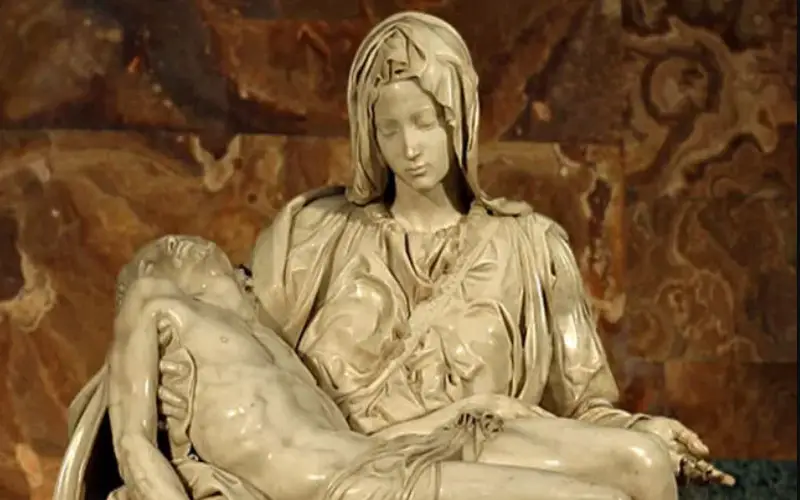
Initially commissioned for a cardinal’s funeral monument, the Pieta found its permanent home in St. Peter’s Basilica in Vatican City. The decision to move the sculpture to the Vatican was met with initial resistance due to its stunning beauty and the desire to keep it within easy public access. However, Pope Julius II insisted on placing it in the Vatican, where it remains a focal point for pilgrims and art enthusiasts.






